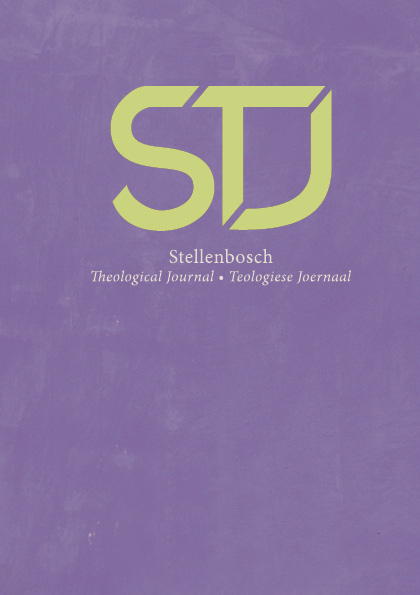Odes of Solomon, the LXX Odes and worship
some points of orientation
DOI:
https://doi.org/10.17570/stj.2022.v8n1.a1Keywords:
LXX Odes, Odes of Solomon, Worship, Song of Moses, receptionAbstract
The LXX Odes or the so-called Biblical odes are often overlooked in LXX studies. It is easy to confuse the LXX Odes with the pseudepigraphal Odes of Solomon. Both are collections of hymns that illuminates the early Christian reception of hymns and prayers. A distinction needs to be drawn between these collections. The LXX Odes consists of 14 songs and prayers which were transmitted by the Greek (Eastern) Church. It was from its inception used in liturgy. This article offers some remarks for orientation in the LXX Odes, but also explores whether the Odes can shed some light on early Christian worship and how it applies to our modern setting. It is the aim of this article to investigate the value of the Biblical Odes, particularly Ode 2, the Song of Moses, for our understanding of worship.
Published
How to Cite
Issue
Section
License
Copyright (c) 2022 Annette Potgieter

This work is licensed under a Creative Commons Attribution 4.0 International License.
https://creativecommons.org/licenses/by/4.0/
Authors who publish with this journal agree to the following terms:
Authors retain copyright and grant the journal right of first publication with the work simultaneously licensed under a Creative Commons Attribution License that allows others to share the work with an acknowledgement of the work's authorship and initial publication in this journal.
Authors are able to enter into separate, additional contractual arrangements for the non-exclusive distribution of the journal's published version of the work (e.g., post it to an institutional repository or publish it in a book), with an acknowledgement of its initial publication in this journal.
Authors are permitted and encouraged to post their work online (e.g., in institutional repositories or on their website) prior to and during the submission process, as it can lead to productive exchanges, as well as earlier and greater citation of published work.
Please note that erroneous copyright information is given in the PDFs before Volume 9, 2023.



